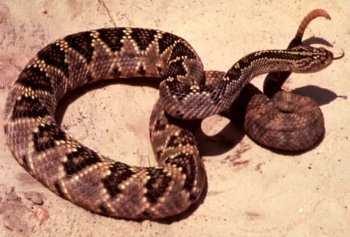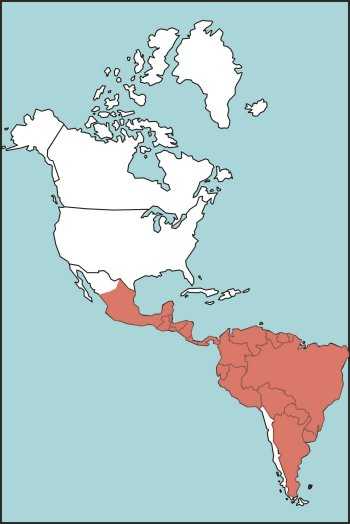Safety / Survival / Army Field Manuals / AFM 3-05.70
Survival index
All text and images from the U.S. Army Field Manual 3-05.70: Survival.
Appearance of the materials from the U.S. Army Field Manual here does not constitute or represent endorsement by probablyhelpful.com.
ProbablyHelpful.com is not responsible for inaccurate or outdated information provided by the U.S. Army Field Manual 3-05.70.
Appendix E
DESCRIPTIONS OF VENOMOUS SNAKES
Tropical rattlesnake

Tropical rattlesnake
Crotalus terrificus
Description: Coloration is light to dark brown with a series of darker rhombs or diamonds bordered by a buff color.
Characteristics: Extremely dangerous with an irritable disposition, ready to strike with little or no warning (use of its rattle). This species has a highly toxic venom containing neurotoxic and hemotoxic components that paralyze the central nervous system and cause great damage to tissue.
Habitat: Found in sandy places, plantations, and dry hillsides.
Length: Average 1.4 meters (5 feet), maximum 2.1 meters (7 feet).
Distribution: Southern Mexico, Central America, and all of South America except Chile (Figure E-16).

Figure E-16. Tropical Rattlesnake Habitat
Survival index
All text and images from the U.S. Army Field Manual 3-05.70: Survival.
Appearance of the materials from the U.S. Army Field Manual here does not constitute or represent endorsement by probablyhelpful.com.
ProbablyHelpful.com is not responsible for inaccurate or outdated information provided by the U.S. Army Field Manual 3-05.70.
Copyright probablyhelpful.com 2021-2025

